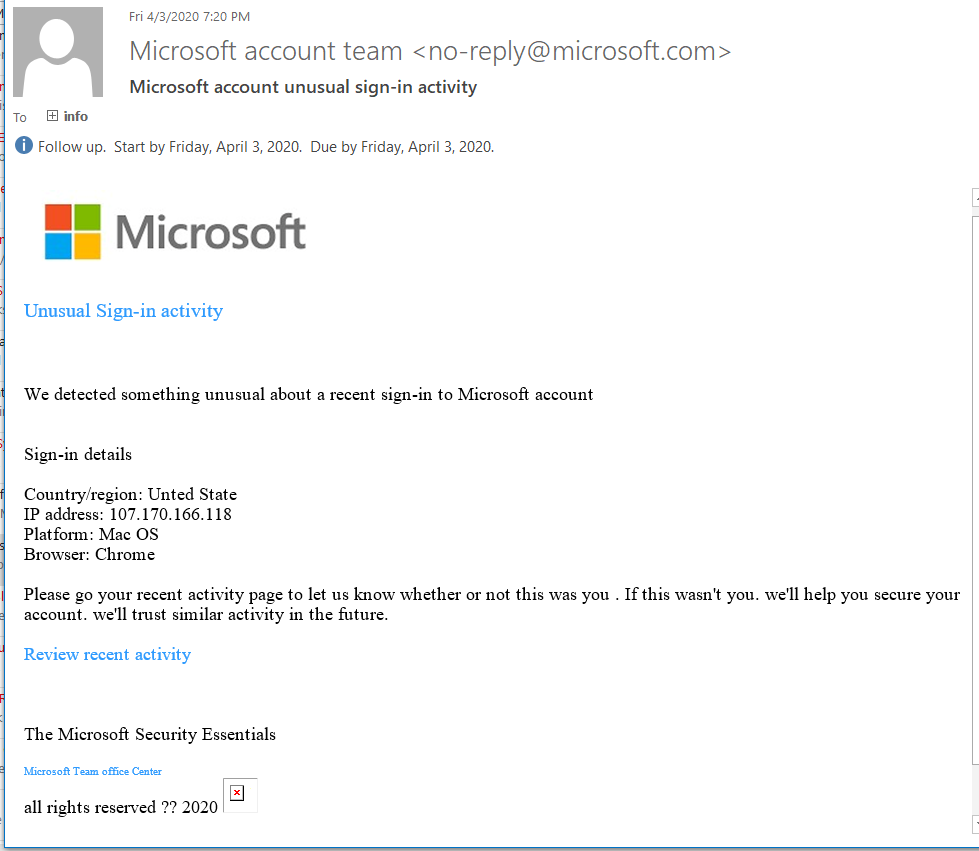


These can be forged or seem very similar to the proper address, but even a single character’s difference means a different website. A sense of urgency for example the threat that unless you act immediately your account may be closed.The email does not use your proper name, but uses a non-specific greeting like “dear customer”.The email is sent from a completely different address or a free web mail address.The sender’s email address doesn’t tally with the trusted organisation’s website address.Fake emails often (but not always) display some of the following characteristics: If you think you may have compromised the safety of your bank details and/or have lost money due to fraudulent misuse of your cards, you should immediately contact your bank. Do not open any attachments that arrive with the email.If you have clicked on a link in the email, do not supply any information on the website that may open.Do not reply to the email or contact the senders in any way.Do not click on any links in the scam email.What should you do if you’ve received a scam email? The activity will seek to disrupt the fraudsters and close down the links between them and the victim. This will enable crucial intelligence to be gathered and preventative action to be taken. The reports received by Action Fraud will be forwarded to the National Fraud Intelligence Bureau (NFIB) run by the City of London Police for collation and analysis.

It shouldn’t take you any longer than 2 minutes to make a report and we do not collect any of your personal information. You should only use this tool to report phishing campaigns where you have not lost any money or exposed your personal details.

You can help disrupt fraudsters by reporting scam emails to us. Scam emails are currently one of the most common threats in cyber security.


 0 kommentar(er)
0 kommentar(er)
